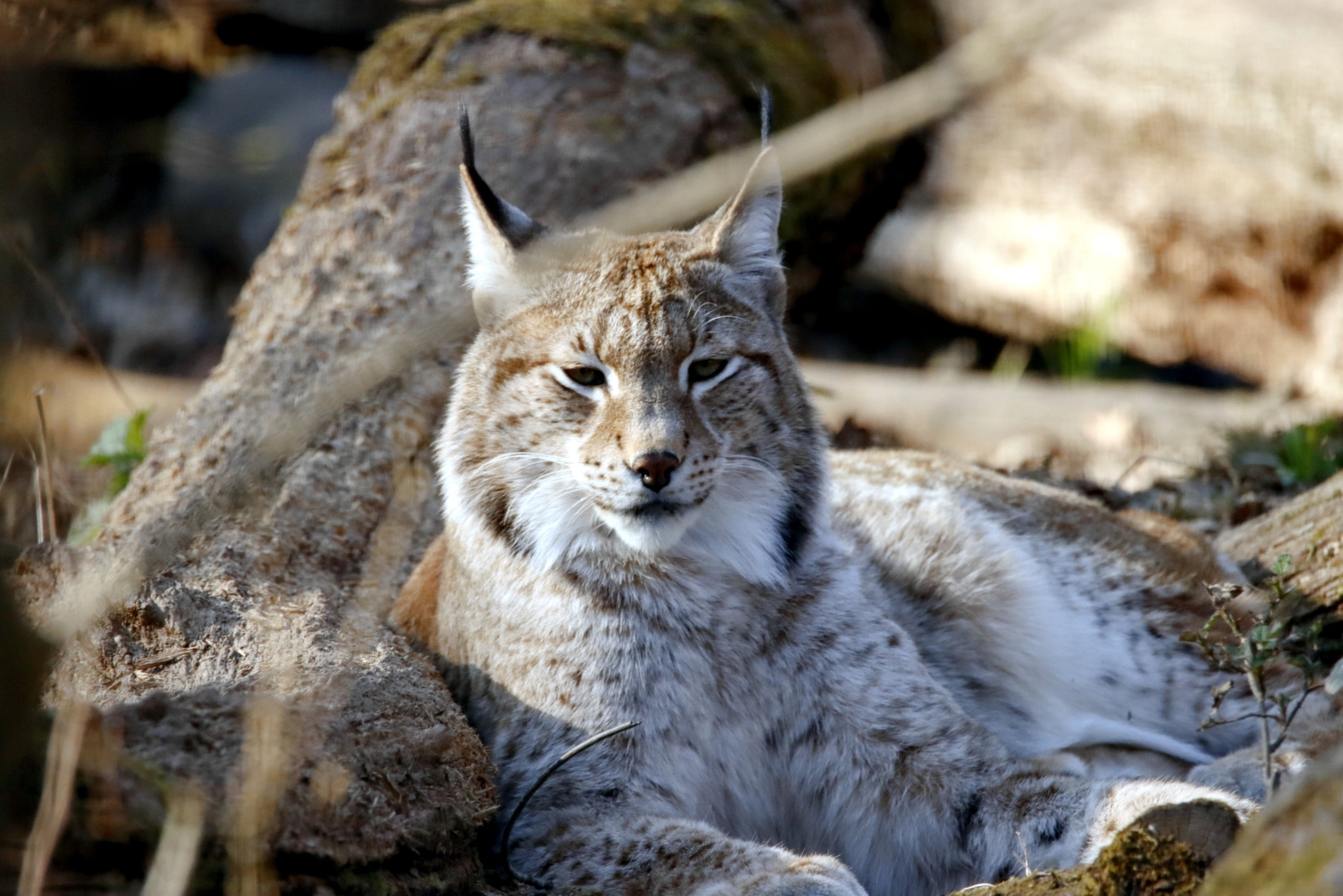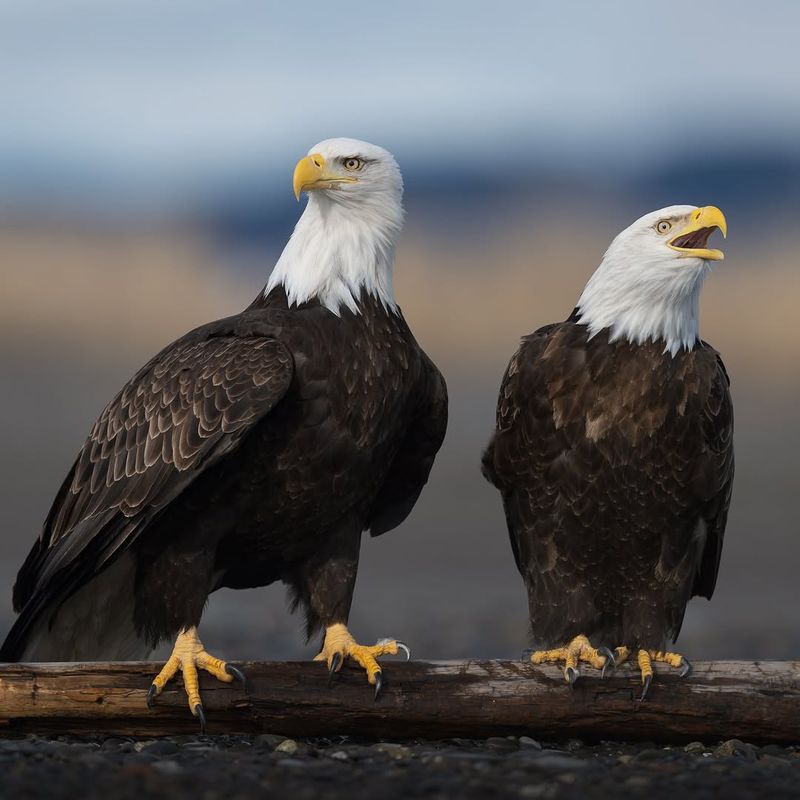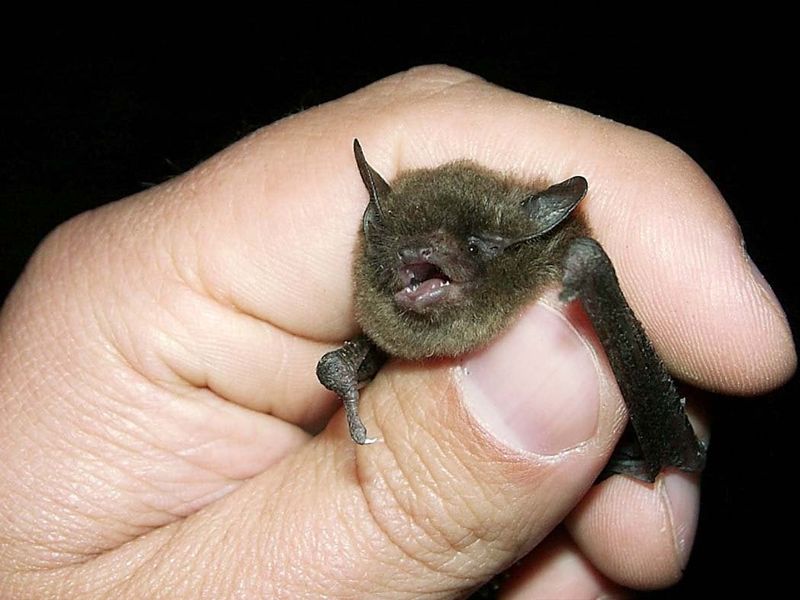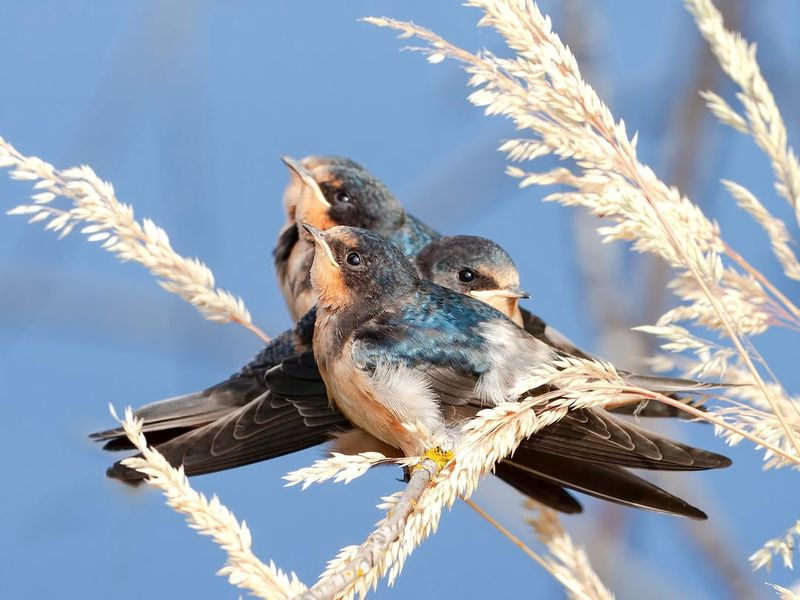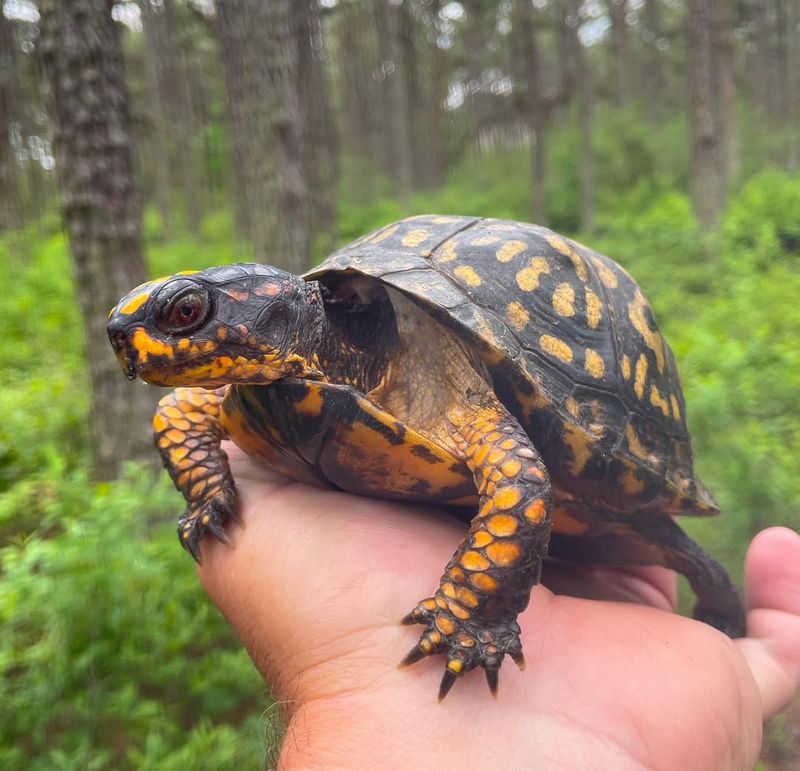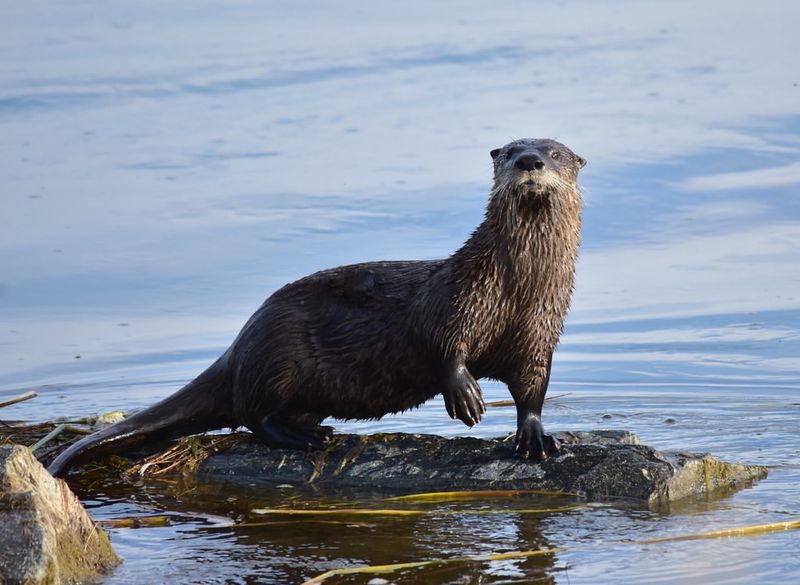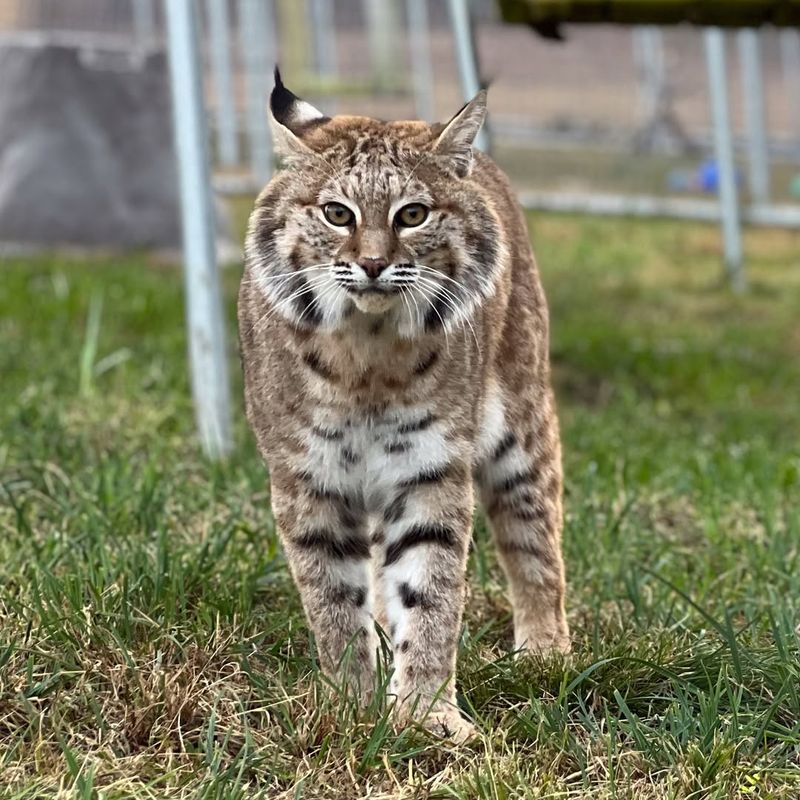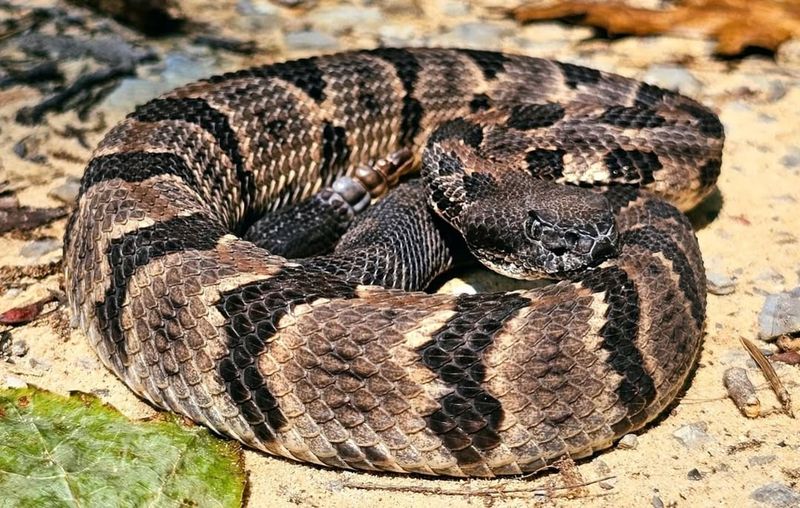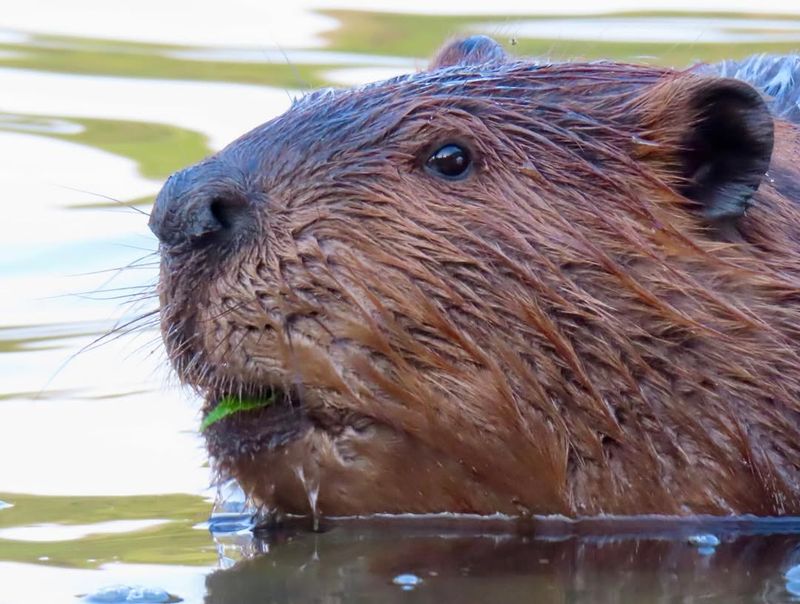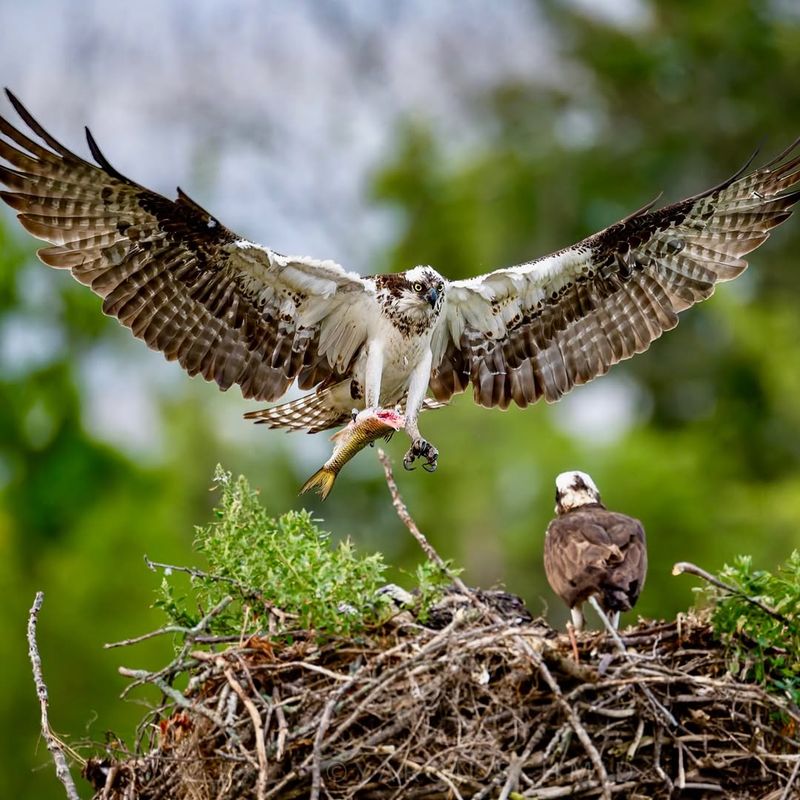Living in Indiana means sharing your space with a variety of wild creatures. While some critters might be unwelcome guests, state and federal laws protect certain animals from being removed or disturbed by homeowners.
Understanding which creatures are legally protected can save you from hefty fines and help preserve Indiana’s natural biodiversity.
1. Bald Eagles
Spotting America’s national bird on your property might be thrilling, but these majestic raptors are strictly protected under federal law. The Bald and Golden Eagle Protection Act prohibits disturbing, removing, or harming these birds or their nests.
Even if a bald eagle builds a nest in your backyard tree, you cannot legally interfere with it. Violations can result in penalties up to $100,000 and potential jail time. Instead, contact Indiana’s Department of Natural Resources for guidance.
2. Indiana Bats
Named after the state itself, Indiana bats are endangered mammals that might take up residence in your attic or barn. Small and brownish with distinctive pink noses, these nocturnal creatures help control insect populations by eating thousands of mosquitoes nightly.
Federal protection means homeowners cannot remove or harm them, even when they form colonies. If you discover Indiana bats on your property, wildlife experts can help implement exclusion methods during non-maternity seasons when removal won’t harm populations.
3. Migratory Birds And Their Nests
Under the Migratory Bird Treaty Act, nearly all native bird species in Indiana receive federal protection. This means you cannot remove active nests of robins, cardinals, blue jays, or other common backyard birds without breaking the law.
The protection extends to eggs and nestlings too. Many homeowners are surprised to learn that even barn swallow nests on porch ceilings must remain undisturbed until the young have fledged. Patience is key—most nesting periods last just a few weeks.
4. Eastern Box Turtles
With their distinctively domed shells and orange-yellow markings, Eastern box turtles are a protected species in Indiana. These slow-moving reptiles might wander through your garden seeking berries, mushrooms, or insects.
Despite their seemingly abundant presence in some areas, their populations are declining due to habitat loss. Removing them from your property is prohibited without special permits. If you find one in a dangerous location, you may gently relocate it to a nearby wooded area on your property.
5. River Otters
Once extinct in Indiana, river otters were successfully reintroduced and now enjoy special protection status. These playful, semi-aquatic mammals might visit properties with ponds, streams, or those adjacent to waterways.
Their restoration represents one of Indiana’s wildlife success stories. Homeowners cannot trap, harm, or remove river otters, even if they’re helping themselves to fish in your pond. The DNR recommends installing protective fencing around valuable fish stocks instead of attempting to deter the otters directly.
6. Bobcats
Catching a glimpse of these elusive wild cats on your property is rare but increasingly common as their populations recover across Indiana. Tawny-colored with distinctive spotted coats and stubby tails, bobcats primarily hunt rodents and actually benefit homeowners by controlling pest populations.
Though naturally shy around humans, their protected status means you cannot trap or remove them from your property. If concerned about pets, simply keeping cats indoors and supervising small dogs outdoors eliminates most risks from these generally non-aggressive predators.
7. Timber Rattlesnakes
Fear often drives homeowners to eliminate venomous snakes, but timber rattlesnakes are endangered in Indiana and completely protected from harm. These large, heavy-bodied snakes with distinctive rattles typically inhabit forested, rocky areas in southern parts of the state.
Despite their intimidating reputation, they’re extremely shy and prefer avoiding human contact. If discovered on your property, you must contact wildlife authorities for safe relocation rather than attempting removal yourself. Remember: they play crucial roles in controlling rodent populations that carry disease.
8. Beavers
Nature’s engineers might cause headaches for homeowners with waterfront property, but beavers enjoy protected status in Indiana. Their dam-building activities can transform landscapes and occasionally cause flooding issues that impact residential areas.
While frustrating, homeowners cannot trap or remove beavers without special permits from the Department of Natural Resources. Instead, water flow devices can be installed to manage water levels while allowing beavers to remain. These solutions create a compromise between human needs and wildlife conservation.
9. Osprey Nests
Ospreys, sometimes called fish hawks, build massive stick nests on tall structures—including human-made platforms, utility poles, and occasionally chimneys or roof areas of lakeside homes. Their recovery in Indiana represents a conservation success story after decades of decline.
Once established, these nests receive complete protection under federal law, even during winter months when birds are absent. Homeowners must leave them undisturbed year-round. For those concerned about nesting on structures, preventative measures can be installed before nesting season begins.

